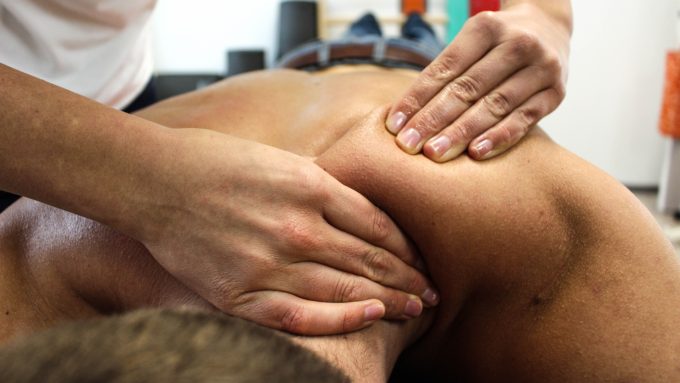What’s the difference between Rolfing and a Deep Tissue Massage?

Rolfing Versus Deep Tissue Massage
We’ve discussed before the difference of traditional massage therapy and Rolfing. But where is the difference in deep tissue massage and Rolfing? They are commonly confused, although the two could not be more different. So, what’s the difference between Rolfing and deep tissue massage? The separating factor between the two is that Rolfers have a full-body approach to the treatment using a technique called Structural Integration. They work on the fascia, the connective tissue between muscles. This increases your body’s alignment. Research has shown that Rolfing can be effective at reducing back pain as well as the education of harmful movement patterns. Deep tissue massages typically involve digging deep within the muscle to release trigger points and improve mobility. However, it does not consider the entire body, rather it focuses on one spot only.
They both have the ability to loosen deep and painful tissues, reduce stress and promote relaxation and well-being. But a deep tissue massage differs from Rolfing because it focuses on techniques for each individual muscle strain. It is only a temporary relief, and does not address or release the system wide compensation patterns that some activities can cause. Deep tissue massage is great for temporary relief of tightness in muscles. However for chronic pain, Rolfing provides not only pain relief, but preventative measures and education. Because most pain is developed from movements that negatively affect our bodies, we can learn what caused the pain to begin with and address that. Therefore, Rolfing needs ten sessions to achieve the best for your body’s structural integrity.
So, while it may be tempting to go the easy route and get a quick massage for relief, Rolfing is the best investment you can make for your body’s future health.





